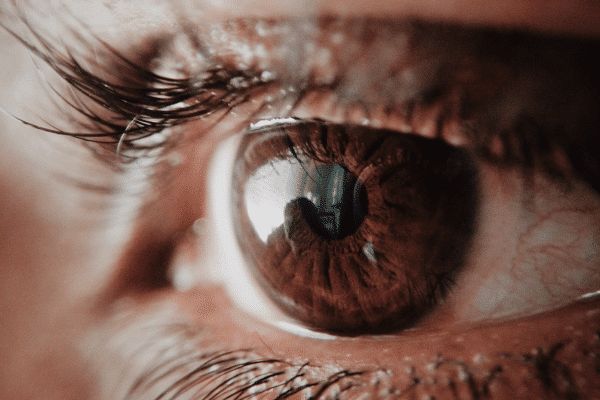- Heartwood
- Berry - vascular membrane
- Schlemm Canal
- Beading network
- Cornea
- Rainbow
- Pupil
- Front compartment
- Rear compartment
- Ciliary body
- Intraocular lens
- Vitreous body
- Volleyball
- Optic nerve
The eye is, despite appearances, a complex organ. The eye's task is to process the image formed on the retina (13) into bioprints, which, by means of the optic nerve (14), are transmitted to the brain, where recognition of the observed object takes place. Diseases or damage to the optic nerve can partially or even completely disable vision. For the most part, such conditions or damage are, with today's knowledge - irreversible.
Loss of vision can also occur after mechanical damage to the back of the skull because behind it is the vision center in the brain.
The most common eye lesions are:
- Glaucoma - a change in intraocular pressure that causes a gradual - destructive effect on the retina (13). It leads to a narrowing of the visual field and, if untreated, to loss of vision. In the initial stage, glaucoma does not give any alarming symptoms. Therefore, it is important to check intraocular pressure every 1-2 years.
- Cataracts - the cause of cataracts is the gradual opacification of the intraocular lens (11). As a rule, it is related to the aging process. Cataracts are also sometimes caused by mechanical trauma to the eye or are present from birth (congenital cataracts). Today's surgical methods allow, in most cases, to safely remove the tarnished lens and replace it with an implant.
- Viral keratitis (5) - This is a condition affecting the weakened cornea due to damage, excessive dryness, etc. - The outer surface of the cornea. Treatment takes a long time and and the course of the disease is very unpleasant for the patient.
- Conjunctivitis - the conjunctiva is the outer membrane covering the sclera and inner walls of the eyelids. Inflammation occurs due to irritation by UV rays and through mechanical obliteration. It often accompanies other diseases of the body such as cold, flu, general infection.
- Corneal cone (5) - It is caused by genetic changes on the cornea of the eye. They are expressed by a growing, irregular bulge of the cornea taking the shape of a cone. If left untreated, it generally leads to cracks in the cornea and the subsequent need for corneal transplants. Voigt Eye Clinic specializes in modern methods of treating and removing corneal cone.

